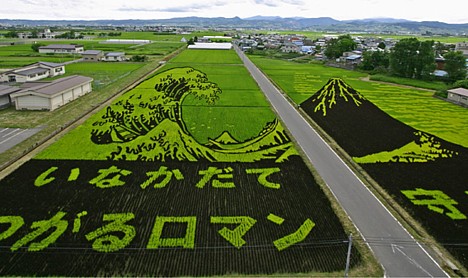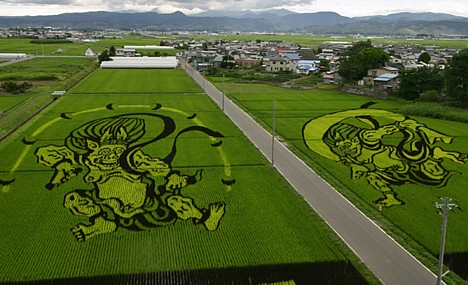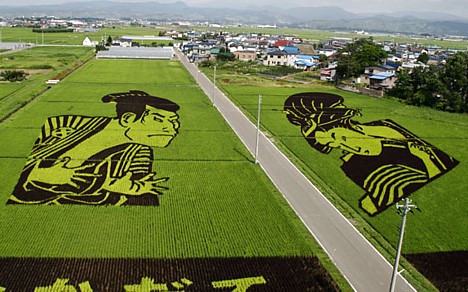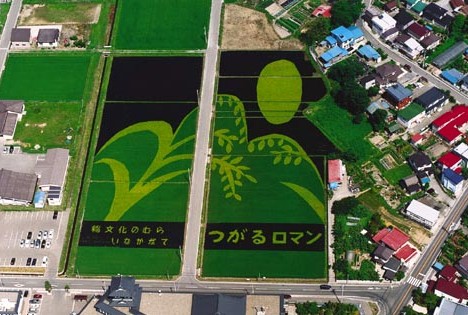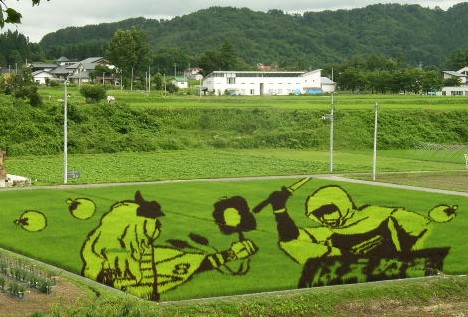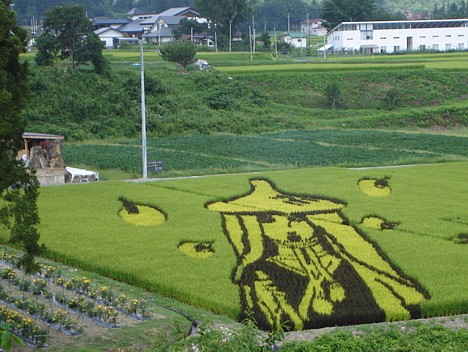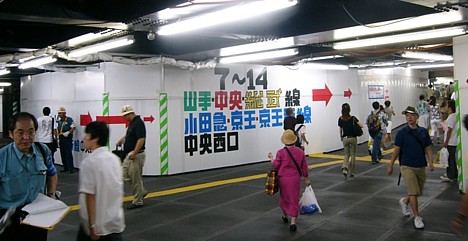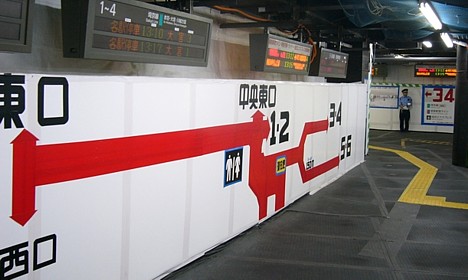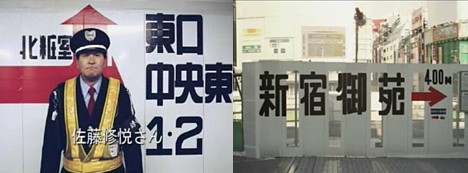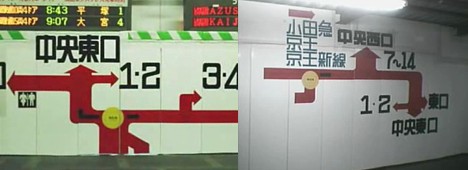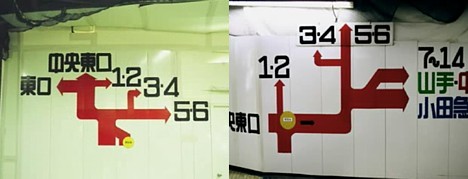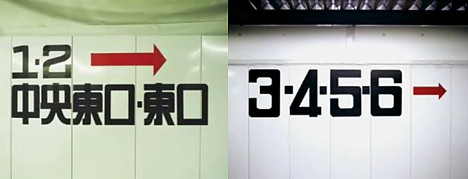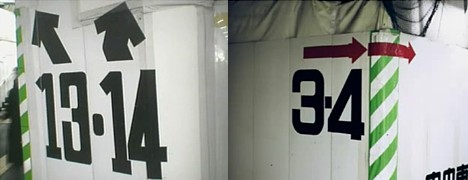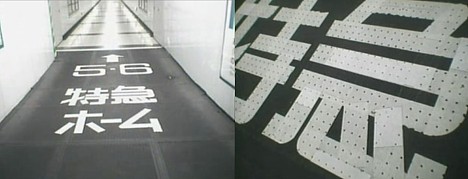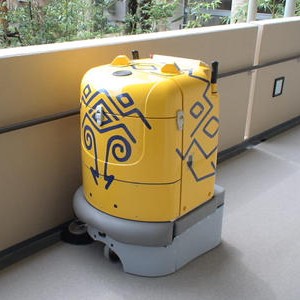 An autonomous robot janitor built by Subaru (Fuji Heavy Industries) and Sumitomo has landed a job cleaning the outdoor hallways of a new 14-story Bali-themed luxury apartment complex in Tokyo. Lovingly nicknamed 'Tondon' in an apparent reference to a legendary Balinese snake god, the robot is a close relative of RFS1, the autonomous floor cleaning robot that received Japan's 2006 Robot of the Year Award last December.
An autonomous robot janitor built by Subaru (Fuji Heavy Industries) and Sumitomo has landed a job cleaning the outdoor hallways of a new 14-story Bali-themed luxury apartment complex in Tokyo. Lovingly nicknamed 'Tondon' in an apparent reference to a legendary Balinese snake god, the robot is a close relative of RFS1, the autonomous floor cleaning robot that received Japan's 2006 Robot of the Year Award last December.
Like the RFS1, which currently cleans hallway floors inside ten Tokyo-area office buildings, Tondon works unsupervised and relies on an optical communication system to control the building's elevators, allowing it to move freely from floor to floor as needed. To improve the robot's ability to clean gritty outdoor surfaces, Tondon's makers have added a set of heavy-duty brushes designed to sweep up leaves and dirt from hallway floors and drains. Furthermore, Tondon's outer shell has been strengthened and waterproofed to protect its internal components from the elements, and it has been painted with a unique design to complement the apartment building's Bali-themed decor.
Tondon also has a number of safety features that help it better coexist with the building's residents, including proximity sensors that help prevent collisions with people, as well as bumper switches that stop the robot in its tracks when it is touched. A protective guard around the brushes prevents the robot from giving people unwanted shoeshines, while lamps and voice announcements provide ample warning when it is approaching.
A set of video cameras has also been added to the robot. With four cameras that record the robot's every move and a hard disk that stores the video feed, human overlords can keep close tabs on Tondon to make sure it doesn't nap on the job. The cameras can also be used for hallway surveillance, the company says, allowing the robot to double as a watchful security guard as it cleans.
[Source: Fuji press release]

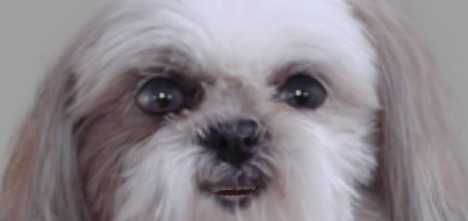
 One of the cooler things about summer in Japan is the centuries-old tradition of swapping ghost stories. Some argue that the fear induced by a spine-chilling story can actually lower one's body temperature, making it a great way to deal with the summer heat. With this in mind as the summer heat sets in, here is "
One of the cooler things about summer in Japan is the centuries-old tradition of swapping ghost stories. Some argue that the fear induced by a spine-chilling story can actually lower one's body temperature, making it a great way to deal with the summer heat. With this in mind as the summer heat sets in, here is "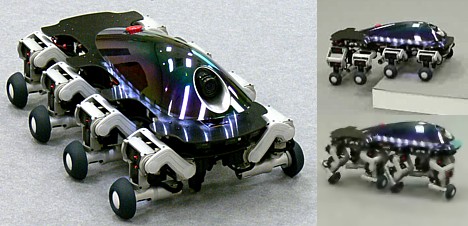
 On July 24, Hitachi announced the development of a biometric cardless credit payment system, called "finger vein money," which allows shoppers to pay for purchases using only their fingertips. The company plans to begin field testing the finger vein money in September.
On July 24, Hitachi announced the development of a biometric cardless credit payment system, called "finger vein money," which allows shoppers to pay for purchases using only their fingertips. The company plans to begin field testing the finger vein money in September.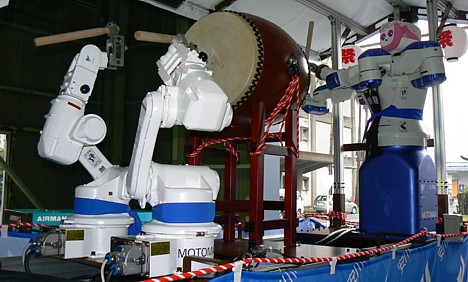
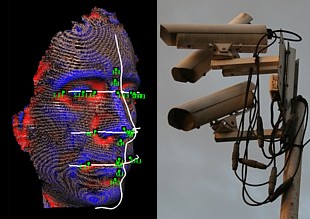 On July 19, electronics giant NEC announced it has developed the world's first automated border control system that uses facial recognition technology capable of identifying people inside their automobiles. The system is already in operation at checkpoints on the Hong Kong - Shenzhen border.
On July 19, electronics giant NEC announced it has developed the world's first automated border control system that uses facial recognition technology capable of identifying people inside their automobiles. The system is already in operation at checkpoints on the Hong Kong - Shenzhen border. 